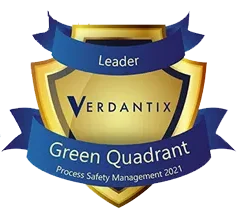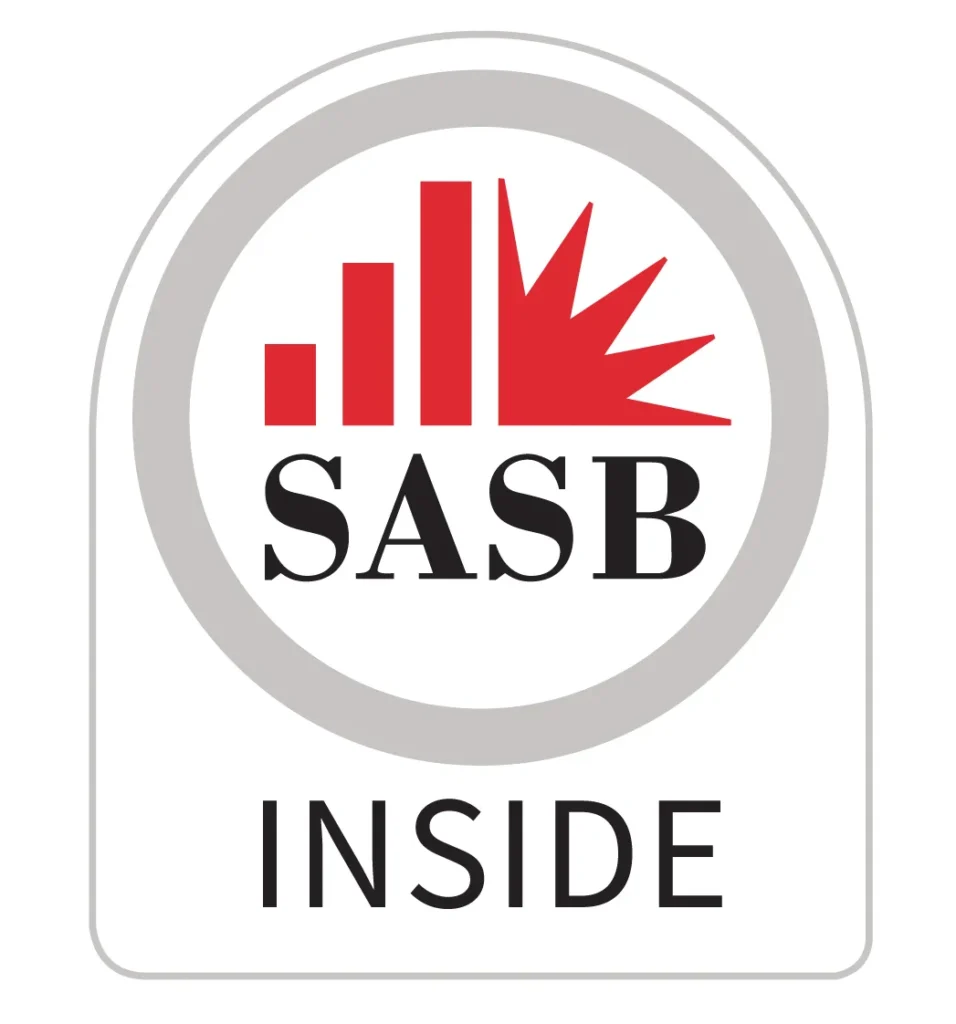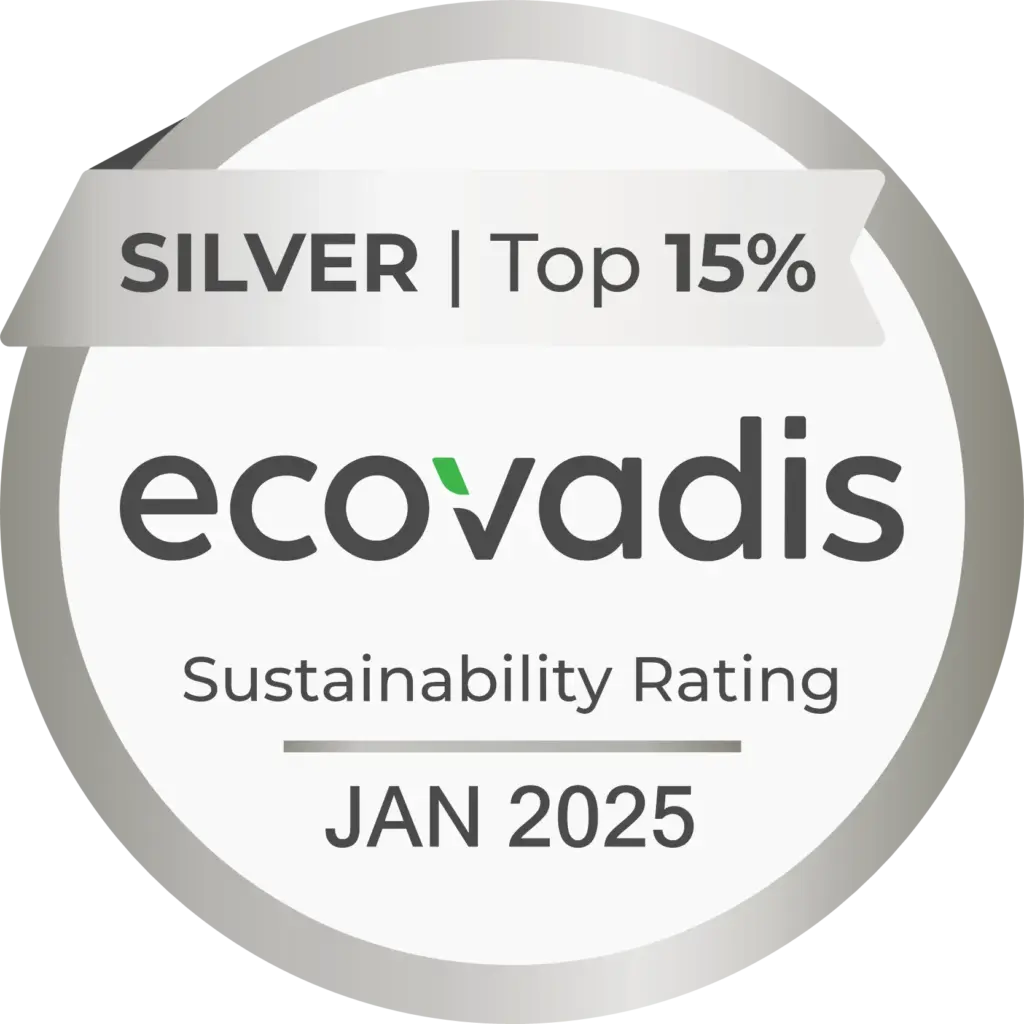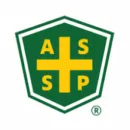Are You Ready for the CSRD?
Companies subject to the CSRD will need to prepare disclosures according to the European Sustainability Reporting Standards (ESRSs) developed by the European Financial Reporting Advisory Group (EFRAG). Are you and your company ready?
In 2021, the European Commission accepted a proposal for a Corporate Sustainability Reporting Directive (CSRD), which revises ESG disclosure rules introduced by the Non-Financial Reporting Directive (NFRD). The CSRD entered into force on January 5, 2023. While the NFRD applied to approximately 11,700 large public-interest companies, the CSRD applies to a broader range of companies, including approximately 50,000 EU and EU-listed organizations, and requires disclosures related to a more diverse array of ESG topics.
EFRAG’s ESRSs address many areas of ESG, including climate change, environmental management (pollution, biodiversity, marine life), labor and occupational safety and health, the circular economy, workers in the value chain, and impacts on affected communities. The CSRD also requires companies to provide assurance of the accuracy of the sustainability data they disclose. Many companies located both inside and outside of the EU will be affected during the CSRD’s phase-in period beginning in fiscal year 2024.

Review specific aspects of the CSRD below.
Applicability
Scope of Disclosures
Relationship to EFRAG
Double Materiality
ESG & Financial Performance
Data Quality & Assurance
Applicability
The CSRD will apply to several classes of companies, including many companies with listed securities on an EU-regulated market, EU-based “large undertakings” (as defined by specific employee size and financial thresholds), and EU-based parent companies that meet other applicability criteria. The CSRD also covers some parent companies from an external country (including the US) that generate a certain threshold of revenue in the EU, while also having either an EU subsidiary classified as a large undertaking or exceeding a certain net turnover threshold, or an EU subsidiary with debt or equity securities on an EU-regulated exchange. Due to the complexity involved, companies with complex legal structures or those that are considering taking advantage of parent or group consolidated or combined reporting accommodations should consider working with legal counsel to understand and optimize the reporting requirements for their organization.
Scope of Disclosures
A distinguishing characteristic of the CSRD is that it requires disclosures related to a broad spectrum of ESG issues. Companies subject to the CSRD need to prepare disclosures related to climate risks and opportunities, including climate transition plans, and all three scopes of greenhouse gases (GHGs), which is one of the most common areas addressed by ESG disclosure frameworks. But additionally, companies need to disclose details about environmental management (specifically related to pollution, marine life, and biodiversity), labor and safety management, workers in the value chain, and resource use and the circular economy.
Relationship to EFRAG ESG Standards
Companies subject to the CSRD must prepare their disclosures according to the ESRSs developed by EFRAG. EFRAG voted to finalize its first ESRSs in late 2022, and the European Commission adopted the ESRSs on July 31, 2023. Some companies covered by the CSRD would need to start collecting data as early as the 2024 financial year for disclosure in 2025 reports, while others will have phased-in reporting requirements over the next several years.
Double Materiality
The CSRD uses a double materiality lens, combining the commonly used financial materiality basis (focused on the effects of ESG issues on the company’s profitability and business performance) with a focus on impact materiality (the consequences of a company’s operations beyond its own walls, including effects on the environment and communities). An ESG issue is considered material under a double materiality lens if it is material from either an impact materiality or financial materiality perspective, or both.
Integration of ESG and Financial Performance
The CSRD’s double materiality lens demonstrates that it’s focused on the connection between ESG and business performance. That connection is the reason why the CSRD requires covered businesses to provide their required ESG disclosures within a section of their regular financial statements. The message is clear: Businesses need to prioritize understanding and managing the ESG aspects of their business in the same way they manage and track other key metrics of business performance.
Data Quality & Assurance
You’ll need high quality data to be able to meet your CSRD disclosure requirements. Your data must be accurate and secure, and all companies in the CSRD’s scope are required to obtain limited assurance from a third-party verifier in their first reporting year. The European Commission is evaluating the need to obtain reasonable assurance for feasibility and may adopt that provision at a future date. For now, the takeaway is that companies required to follow the CSRD (and those who plan to follow it as a best practice) will need to ensure they have efficient and accurate ways of collecting and calculating data, and safe and secure methods to store and access their data.
The VelocityEHS ESG Solution can help you meet CSRD requirements.
GHG & Energy Management
VelocityEHS GHG & Energy Management automates and simplifies the collection, validation and reporting of your greenhouse gas and energy data. Easily manage shifting climate policies as well as investor and supply-chain partner requirements.
Materiality Assessment
Success in ESG starts with a comprehensive materiality assessments. Identify risks, ensure transparency, and align with your global supply chains.
Performance Metrics
Set strategic goals for long-term ESG success. Performance Metrics allows you to better track and manage progress toward your ESG goals, and to amend your ESG strategy based on real-time data.
GHG & Energy Management
VelocityEHS GHG & Energy Management automates and simplifies the collection, validation and reporting of your greenhouse gas and energy data. Easily manage shifting climate policies as well as investor and supply-chain partner requirements.
Materiality Assessment
Success in ESG starts with a comprehensive materiality assessments. Identify risks, ensure transparency, and align with your global supply chains.
Performance Metrics
Set strategic goals for long-term ESG success. Performance Metrics allows you to better track and manage progress toward your ESG goals, and to amend your ESG strategy based on real-time data.
Looking for support meeting CSRD requirements?
The EU’s adoption of the CSRD is the latest milestone on the road toward greater regulatory oversight of ESG disclosures. CSRD disclosure requirements not only directly impact tens of thousands of EU and EU-listed companies, but also increase stakeholder pressure on all businesses, regardless of location, to demonstrate better accountability in many areas of ESG management. Even so, many businesses continue to struggle making the transition toward ESG maturity and lack the right tools to streamline and share responsibility for key tasks. VelocityEHS can help.
The ESG Solution, along with other solutions in our award-winning VelocityEHS Accelerate® Platform, helps you meet requirements under the CSRD in many ways, including:
- A Utility Data Sync capability to integrate with your utility provider and automate collection of energy data, apply correct emission factors and unit conversions, and simplify the validation and reporting of your greenhouse gas and energy data.
- Management of all three GHG Protocol-defined scopes of GHGs in a single platform
- Investor-grade ESG data, protected in a SOC 2-attested cloud software platform
- Reporting capabilities aligned out-of-the-box with major disclosure frameworks like GRI (which is aligned with EFRAG due to interoperability agreement), SASB, and CDP.
- Simplified creation, deployment, and summary of a materiality assessment, so you can engage all your internal and external stakeholders (including value chain workers and partners, and members of affected communities) in prioritization of your ESG issues and develop effective ESG strategies.
- Green chemistry capabilities give you the intelligence needed to better assess chemicals and choose safer and more sustainable alternatives before you bring them on-site and create exposure risks throughout your value chain.
- Ability to manage and share responsibility for key tasks such as SDS access, incident investigations, follow-up actions, inspections, and meetings through our Safety Solution, as well as access your data from anywhere, anytime.
Learn how VelocityEHS can help your business meet CSRD requirements
Partner with the most trusted name in the industry
Stress less and achieve more with VelocityEHS at your side. Our products and services are among the most recognized by industry associations and professionals for overall excellence and ease of use.





